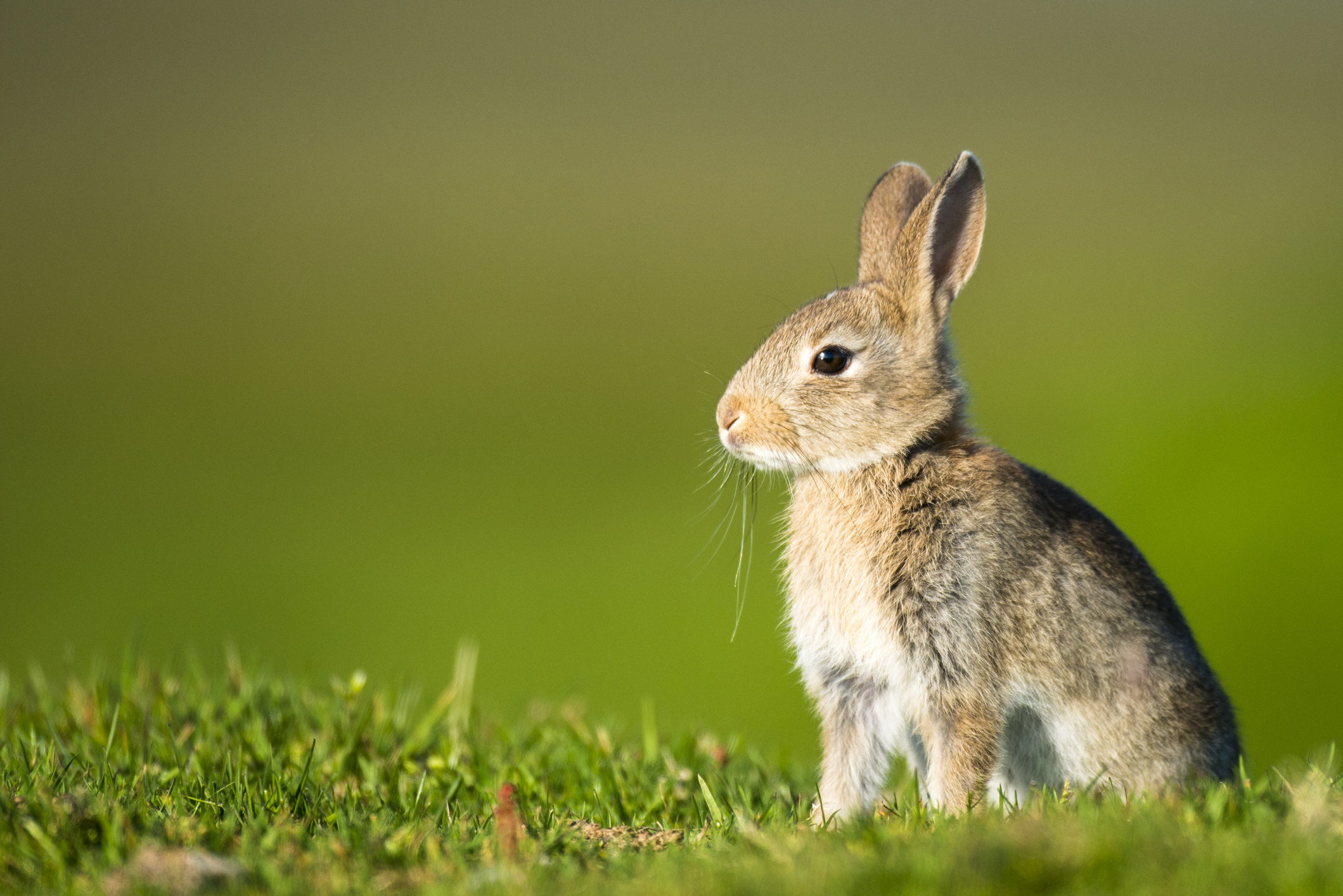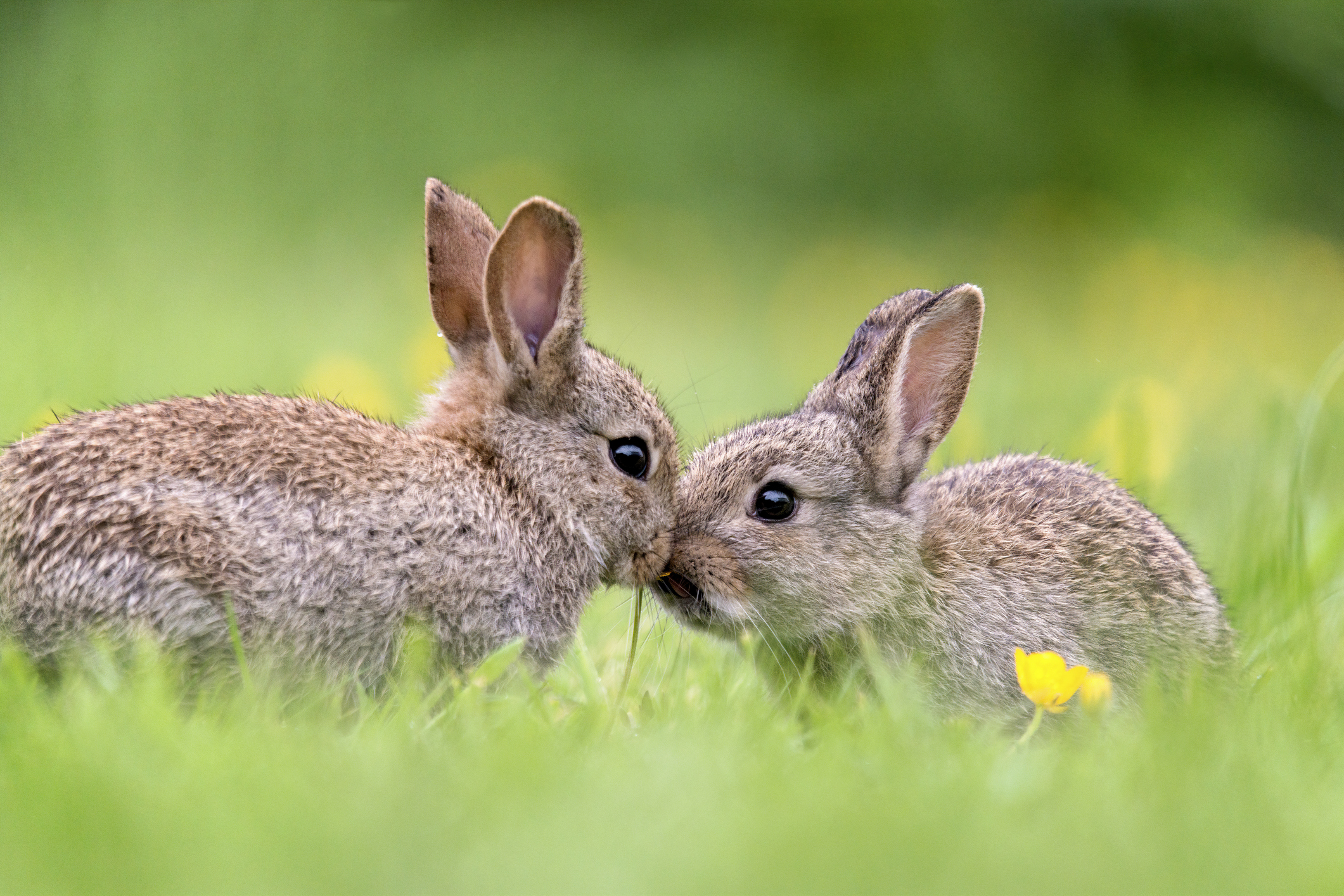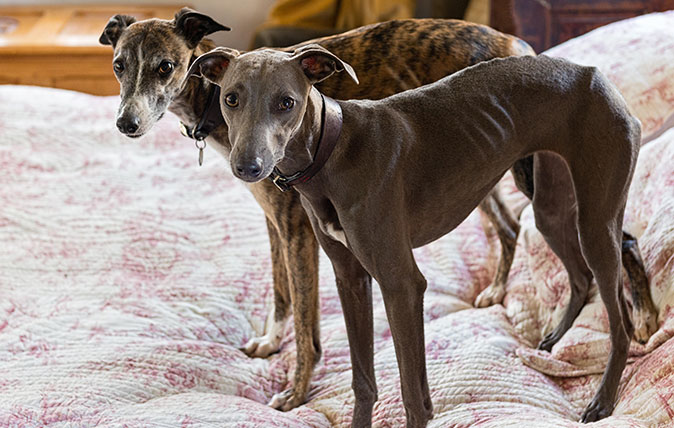The great culinary mystery of why don't we eat more rabbit (especially when you take a look at this recipe)
It’s madness that we no longer enjoy rabbit as we once did, laments Tom Parker Bowles. Whether seasoned with thyme and cider baked into a juicy pie or grilled over coals until perfectly crispy, it makes for some magnificent dishes.


‘Run rabbit, run rabbit, run, run, run,’ warn those great Cockney chanteurs Chas & Dave. ‘Don’t give the farmer his fun, fun, fun.’ The song, which is rather darker than its jaunty tone suggests, was a childhood favourite, endlessly repeated on the old record player in our father’s study. We far preferred their rowdy, rambunctious cover to the polite and proper wartime original. ‘He’ll get by without his rabbit pie,’ they growled, ‘so run rabbit, run rabbit, run, run, run.’ My sister, who had a large, indolent creature called Loppy Lugs, was very much on the side of Thumper. I, on the other hand, thought that rabbit pie sounded splendid — and was all for the farmer having his fun.
Because a proper rabbit pie is a magnificent thing, serious English food. I had a beauty at Margot Henderson’s new place, The Three Horseshoes in Batcombe, heavy on the cider and thyme, a stirring taste of Somerset. The rabbit was farmed, as it usually is these days, meaning the beast was plumper, the flesh less tough and lacking the pronounced, almost gamey flavour found in the wild.
Not that you see too many wild rabbits about, these days. Native to Morocco and the Iberian Peninsula, they were probably introduced to this country by the Normans. Laurices (unborn or newly born rabbits) were an important part of the aristocratic medieval diet; as they were not considered ‘meat’ and could be devoured on fish days. They soon escaped their artificial warrens, bred like, well, rabbits, and became cheap and readily available. By the start of the 20th century, the population had exploded, to the point where they were considered pests.
"Not so much 'run rabbit, run' as 'yum rabbit, yum'"
When I was young, they were ubiquitous, especially as day turned into dusk. Now, however, having survived myxomatosis, the population is being decimated by RHDV2, which emerged from commercial rabbit farms in France. In the past 10 years, numbers have plummeted by 43%. Suddenly, wild-rabbit pie doesn’t sound quite as appetising. Still, a good farmed beast is a fine thing, with the best coming from France or Italy.
Not that we British seem to appreciate its manifold charms, seeing it as either too assertively flavoured (it’s not) or being put off by some half-baked anthropomorphic sentiment. Which is just plain ridiculous. People who quite happily devour chicken baulk at the thought of Bugs Bunny. Madness, I say, as the two taste remarkably similar. The rabbit is as easy on the palate as it is on the eye.

Having said that, I did once have spiced rabbit heads in Chengdu, China. Skinned, marinated overnight, then stewed in a spiced broth, they’re a classic late-night street food, best consumed with a few ice-cold beers. They’re not exactly lookers — all dead eyes, exposed teeth and grotesque rictus grin. But, dear God, they tasted good. Eating them did take some practice — you ripped out the tongue, gone in one joyous bite, before scooping out the brains, soft and subtle, and gnawing the cheeks. Little wonder the Sichuanese describe French kissing, with a wry smile, as ‘eating rabbit heads’.
Only last week, I ordered baby rabbit — splayed in half and grilled over glowing coals until the skin was crisp and the flesh scented with smoke — at Can Caus in Ibiza. Gentle, mild and sweet, it even had a tiny kidney, as delicate as a newborn’s sigh. Simon Hopkinson has a wonderful recipe, in which rabbit is braised with white wine, shallots and cream, and I find it very hard to resist a pot of rillettes. However, my favourite dish of all is rabbit in a mustard-spiked sauce. Not so much run rabbit, run. As yum rabbit, yum rabbit, yum, yum, yum.
Exquisite houses, the beauty of Nature, and how to get the most from your life, straight to your inbox.
Recipe: Rabbit with mustard sauce and bacon
This recipe comes from Henry Harris, one of our very finest chefs. It was first served at Racine in Knightsbridge and he now cooks it at Bouchon Racine in Farringdon. If you haven’t yet been, go. Just go. ‘The secret is that the mustard is whisked in at the end so that it preserves its punch,’ he enthuses.
Ingredients
Serves 4
- 2 knobs of butter
- 2 shallots, peeled and chopped
- 1 garlic clove, chopped
- A splash of white wine
- 100ml chicken stock
- 200ml whipping cream
- Salt and pepper
- 4 large farmed rabbit legs
- 8 smoked streaky bacon rashers, rind removed
- 250g French beans, blanched
- 2tbspn Dijon mustard
Method
Preheat the oven to 160˚C (180˚C non-fan/350˚F/gas mark 4). Melt a knob of butter in a stainless-steel pan and add the shallots. Cook until soft. Add the garlic and cook for a further 30 seconds before throwing in the wine. Bring to the boil and reduce the volume of the wine by half. Then add the stock and once again boil and reduce the volume by half. Pour in the whipping cream, bring to a gentle simmer and cook for about five minutes or until the sauce has thickened ever so slightly. Season and set to one side.
In a heavy, preferably cast-iron, dish, heat another knob of butter until it is foaming. Season the rabbit legs with salt and pepper and slip them into the butter. Cook over a medium heat and turn frequently to brown evenly.
Transfer to the oven and cook for 12–15 minutes or until done. Remove the legs from the oven and keep warm.
Lightly fry the bacon — do not let it colour too much.
Arrange the beans neatly on four plates. Put a rabbit leg on each pile and garnish each with two rashers of crisp bacon. Finally, and with all haste, reheat the sauce and whisk in the Dijon mustard. Spoon this around the beans. Serve.

Rabbits: Our most underrated creature? The underground engineering and clever tricks of Britain's third-favourite pet
Pie filling, pest or pet of underrated beauty, the rabbit is a mute and gregarious commoner that will nonetheless scream,

Credit: Alamy
Jason Goodwin: The dogs who bounded off down the drive one summery evening, never to be seen again
Our columnist tells a sad tale which brings to mind his own pain at losing a pair of dogs, who
Tom Parker Bowles is food writer, critic and regular contributor to Country Life.
